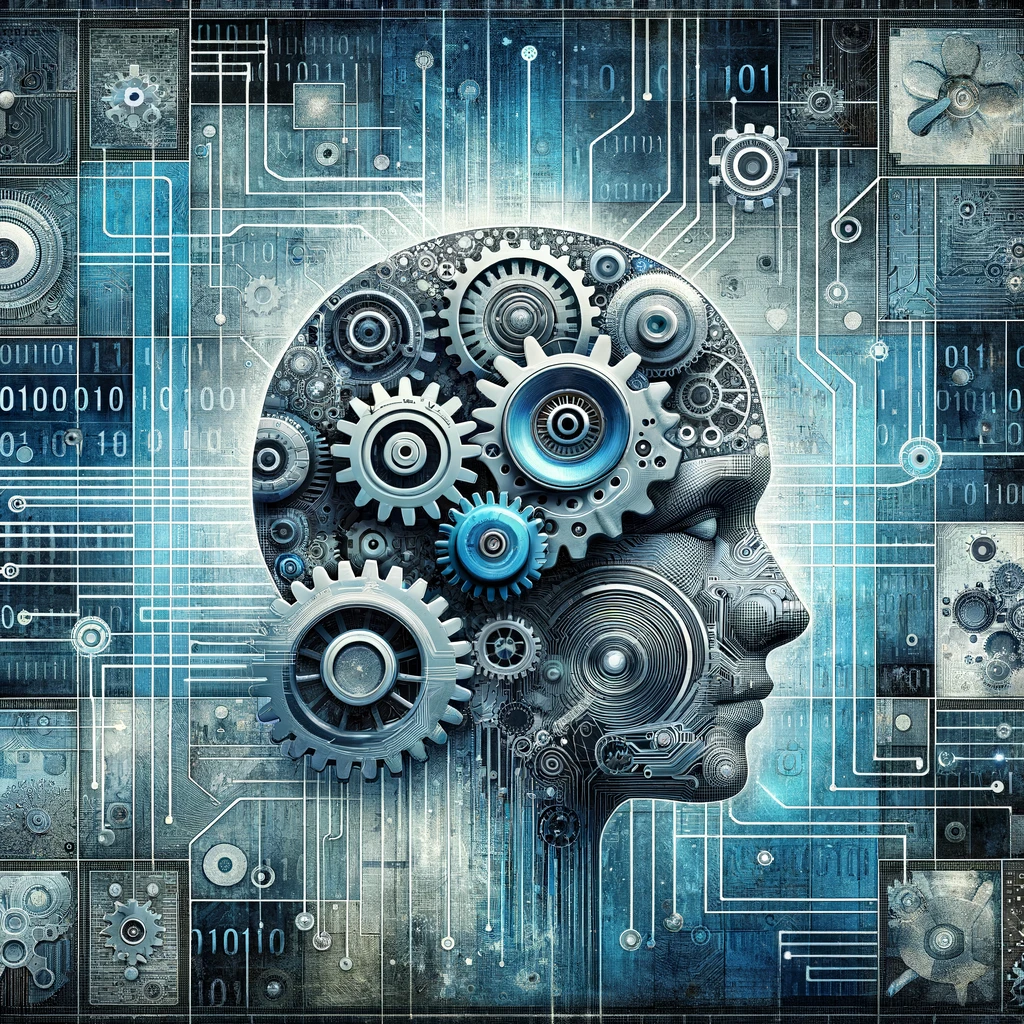
Introduction to ChatGPT Image Generator
In the realm of artificial intelligence, the ability to generate images from textual descriptions has marked a significant leap forward. OpenAI’s models, particularly DALL-E and the evolving ChatGPT, have pioneered this fascinating intersection of natural language processing and visual creativity. These advancements not only showcase the intricate capabilities of AI but also open doors to numerous possibilities in various industries.
The Evolution of Image Generation: From DALL-E to ChatGPT
Simple Table: Comparing DALL-E and ChatGPT Image Generators
| Feature | DALL-E | ChatGPT Image Generator |
|---|---|---|
| Base Model | GPT-3 | ChatGPT (based on GPT architecture) |
| Capabilities | Image generation from text descriptions | Image generation, text & image understanding |
| Applications | Creative design, AI research | Graphic design, app development, AI research |
| Strengths | Creativity, diverse capabilities | Novelty, integration with ChatGPT capabilities |
| Limitations | Contextual understanding | Abstract description interpretation, context understanding |
From DALL-E’s Foundations
DALL-E, a neural network with 12-billion parameters, was OpenAI’s initial foray into image generation from text captions. It demonstrated remarkable versatility, capable of rendering text, creating anthropomorphized versions of animals and objects, and even applying transformations to existing images.
ChatGPT’s Integration
Building on DALL-E’s foundation, the introduction of image generation capabilities into ChatGPT marked a significant development. The model’s intricate understanding of nuance and detail allows for the translation of complex ideas into accurate images, showcasing a significant leap in AI’s ability to adhere closely to provided textual descriptions.
Technical Insights: How ChatGPT Generates Images
The Role of AI Algorithms
At the core of ChatGPT’s image generation is the fusion of natural language processing and computer vision. The model leverages transformer language models, which process text and image as a unified data stream, to generate images that are consistent with the text prompt.
Leveraging Transformer Models
The transformer model, akin to that used in GPT-3, plays a crucial role. It receives data in tokenized form and is trained to sequentially generate tokens, allowing for the creation of images from scratch or modifying parts of existing images.
The Capabilities and Limitations of ChatGPT Image Generator
Strengths: Creativity and Efficiency
One of ChatGPT’s standout strengths is its ability to conjure novel and creative images, potentially surpassing human imagination. This efficiency in image generation facilitates rapid prototyping and iteration, making it a valuable tool in design and creative processes.
Handling Complex Descriptions
However, challenges arise when dealing with abstract textual descriptions. The model’s capability to interpret and visually represent such abstract concepts varies, posing a significant hurdle in the path of AI-driven image generation.
Understanding Context
Moreover, understanding the context necessary to generate appropriate images remains a complex challenge. While ChatGPT excels in text understanding, translating this into relevant visual content requires further advancements.

